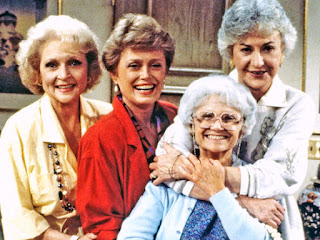LS589 – Week 7 blog post: Mini-Mizer & Literature Map
In
going over my classmates’ presentations for the top 10 applications school
librarians should know, it referenced Lego Movie Maker, an Apple app that allows users
to create a stop-motion movie. As a Lego-lover, I was naturally intrigued. That
eventually led me to the Reasonably Clever website, where they accurately
succeeded in their goal of “Wasting your workday since some point in 1995.” The
site offers several Mini-Mizer
options, where you can create a free Lego version of yourself to use as an
avatar or headshot. Here is mine:
So
what does this have to do with Web 3.0 and 4.0 from the class readings this
week? Well, it’s just one more way that librarians (and others) are using
technology to communicate and interact with users and the web. If Library 3.0
is an expansion of Library 2.0 – where librarians need to find ways to connect
to and create relationships with library patrons – then everything works
together to create a “web of meaning” rather than a web of links.
Our
readings this week focused on the differences between Library 2.0, 3.0, 4.0 and
beyond, and how librarians have to keep up by adopting new technological tools
and approaches to serve the communities where they and their users live, since
most of this no longer needs to take place in a physical environment.
In
going over all the Diigo sites and applications shared by my classmates, I thought about the new-to-me
discovery of Literature Map. Literature Map is an online interactive, user-contributed
literature recommendation system based on how users “like” authors – the more
people who like an author and another author, the closer together these two
authors move on the visual map. It’s a different tool for readers’ advisory
that has surprisingly accurate results based on the authors my co-workers and I
enjoy. Here's an example of how it is presented:
Even
though Literature Map isn’t new and shiny, like the AR and VR we read about last
week, it is one way librarians can use the principles of Library 3.0 to show
that libraries are intelligent and can draw together diverse information
sources to quickly find personalized and organized answers.




Comments
Post a Comment